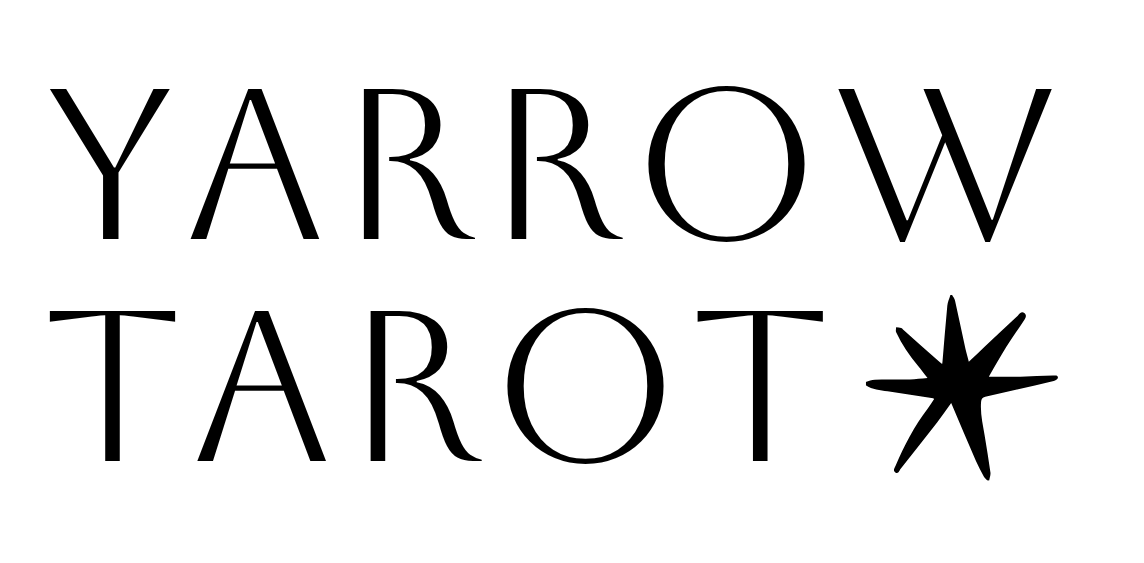About
I’m Kayla, your reader + future friend. 👋 I’ve been interested in tarot since back in 2016, where I received a reading from a friend in the wake of the election that changed my life (thanks, Emily!). Since then, I’ve torn through dozens of books on tarot, fascinated by the symbolism in the deck and its impact on contemporary culture. A class with Carly Fischer in 2022 introduced a psychology-focused lens to my practice, and today, I read as a trauma-informed friend who hopes to help you discover, feel, and heal through the cards.
My approach to tarot is grounded firmly in the mundane. The magic of tarot — which is very real indeed — is the same kind of magic you find in golden hour, freckles, cicada calls, catching up with friends, and night swimming. It’s all honest-to-goodness reality, colored by the nuance of human existence. When we read your cards together, we’ll have a conversation about your life, and we’ll see where the cards take us. Guaranteed to be magical, but maybe not in the way you’re expecting.
What’s in a name
The name Yarrow Tarot comes from Achillea Millefolium, the scientific name for one of the world’s oldest medicinal plants. Common yarrow has been used as medicine for thousands of years, with some even found in a 50,000 year-old Neanderthal gravesite. It’s highly resilient, happy to pop up in meadows, on roadsides, along sandy beach cliffs, and in desert landscapes. Native peoples used yarrow to stop bleeding and to bolster wound healing, and it’s long been known as a friend to the battlefield. Its reputation as a healing agent informs its magical use as a protective agent and to draw boundaries.
Tarot is similarly healing. Through conversation, my readings focus on validating clients and exploring new ideas. Sometimes card readings will feel familiar; other times they bring new questions to the forefront. But I’ve never had someone walk away from a reading without saying it made them feel better, and in that way, tarot feels like a medicine for the heart. For feeling; for healing.












